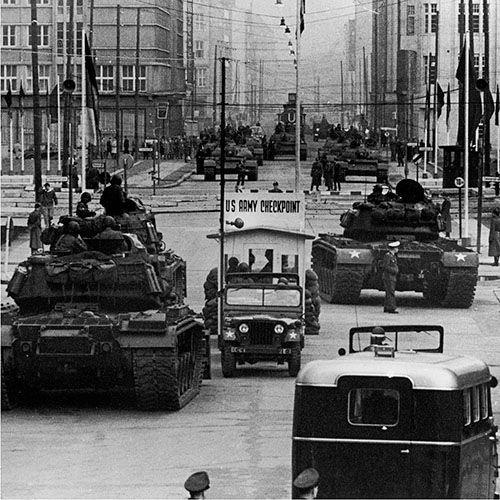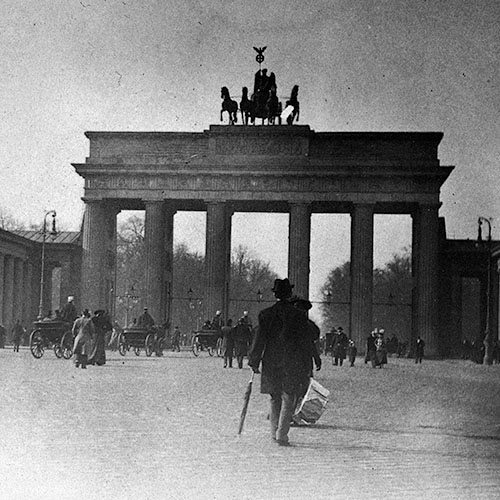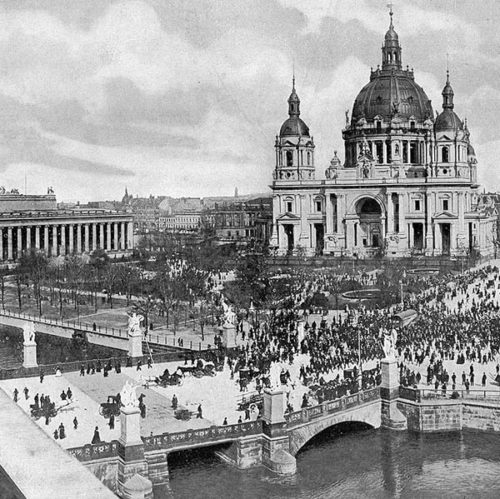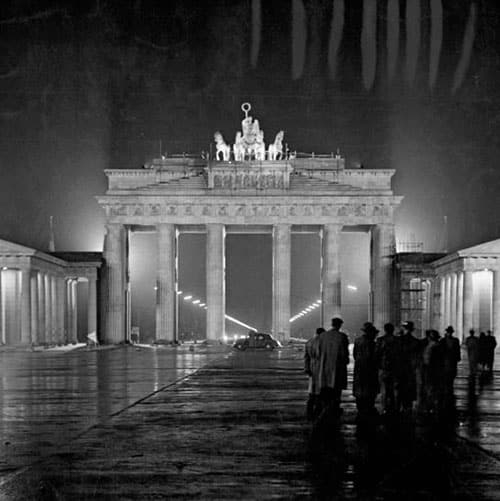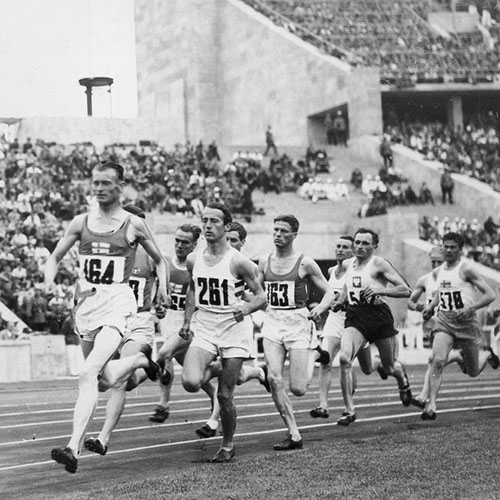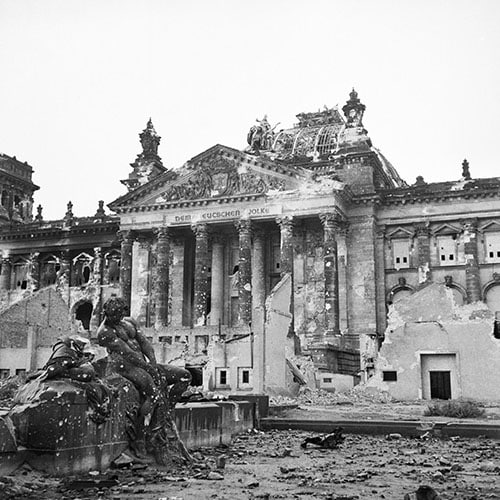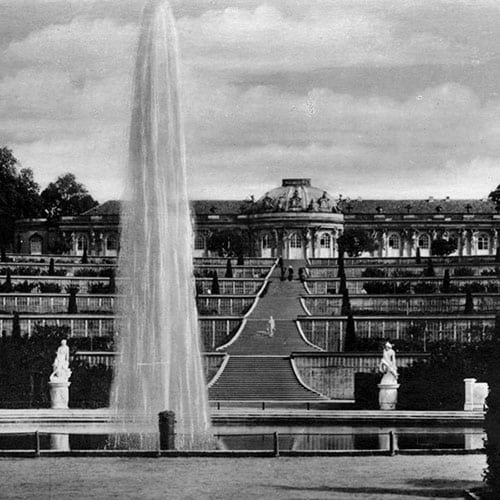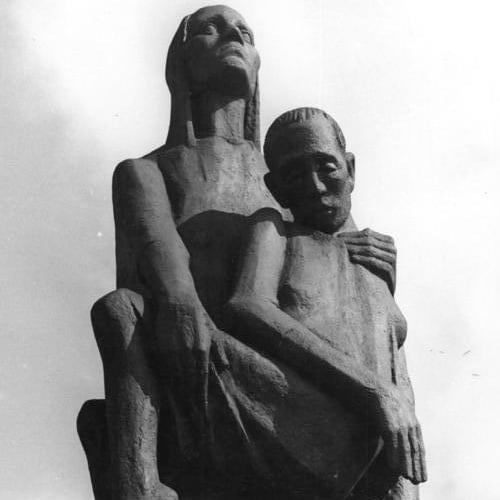“Each one hopes that if he feeds the crocodile enough, the crocodile will eat him last.”
Winston Churchill urging nations to unite against Nazi Germany (January 20th 1940)
The Third Reich, a regime fixated on the purity of a fictitious Aryan race, extended its ideological grip to the very dinner plates of its citizens.
Nazi agricultural policies, a blend of romanticised peasant idealism and brutal pragmatism, aimed for self-sufficiency, a state known as Autarky.
This obsession with national health, however, twisted into a grim parody of well-being, where the ideal German diet was less about nutrition and more about nationalistic purity.
Yet, for all their rhetoric of a self-sustaining empire, the Nazis faced the stark reality of their economic limitations. The dream of Autarky crumbled against the unyielding need for essential resources like rubber, manganese, and grain.
The Molotov-Ribbentrop Pact, a cynical alliance of convenience, temporarily plugged these gaps, with the Soviet Union providing the raw materials that fuelled the German war machine for the invasion of their newfound trading partner.
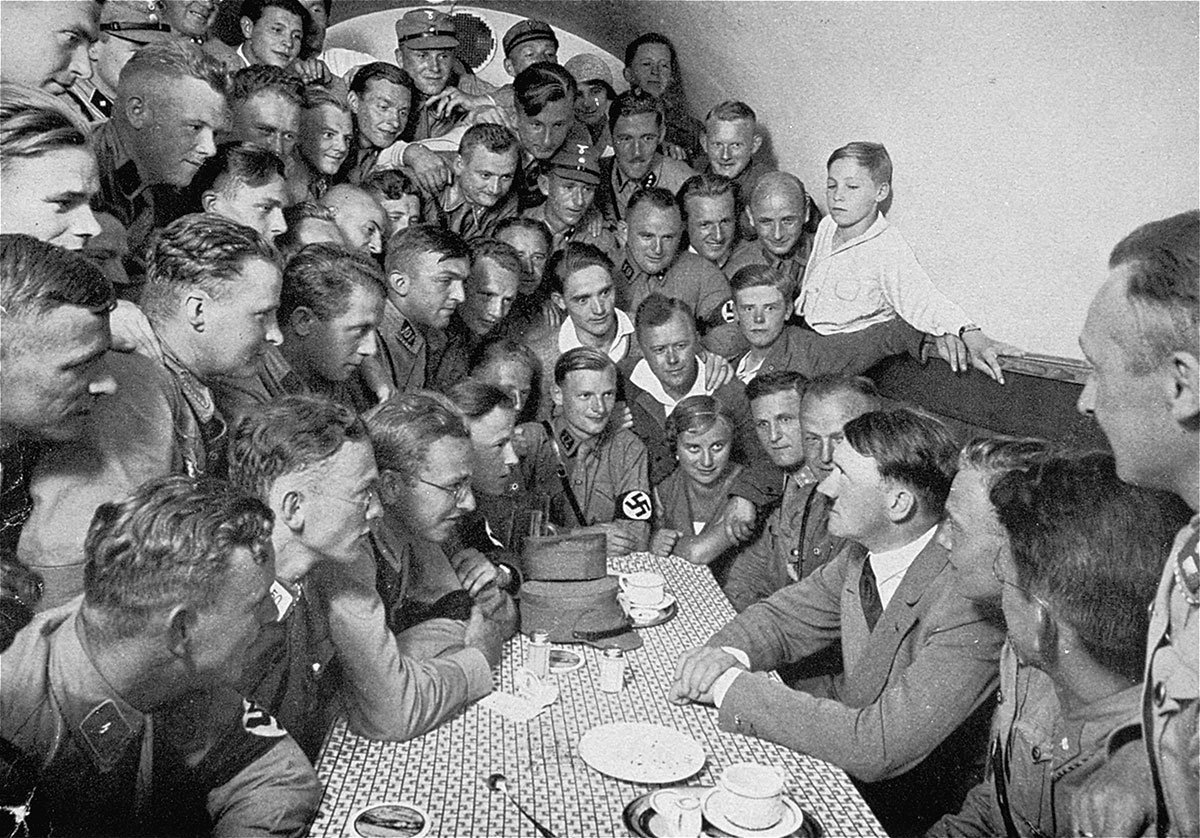
But as the war machine devoured resources, the German home front felt the pinch.
By 1939, Germany became self-sufficient in bread, potatoes, sugar and meat but15 per cent of food supplies were still being imported.
Shortages of fats, pulses and eggs meant rationing; and from early 1939 also coffee and fruit (esp imports like bananas and oranges). This lack of supplies would lead to a flourishing black market of goods – and fuel the Nazi appetite for conquest, as a justification for survival.
The Nazi regime, ever mindful of public morale, understood that a happy populace was a compliant one. Beyond the grim necessities, there was a need for the small pleasures, the everyday comforts that could distract from the ever-present realities of war.
It was in this climate of scarcity and enforced cheerfulness that a new beverage would emerge, a drink born from the leftovers of a crippled economy, a fizzy symbol of wartime invention.
This is the story of Fanta, a drink with a surprisingly complex and often misunderstood past.
–
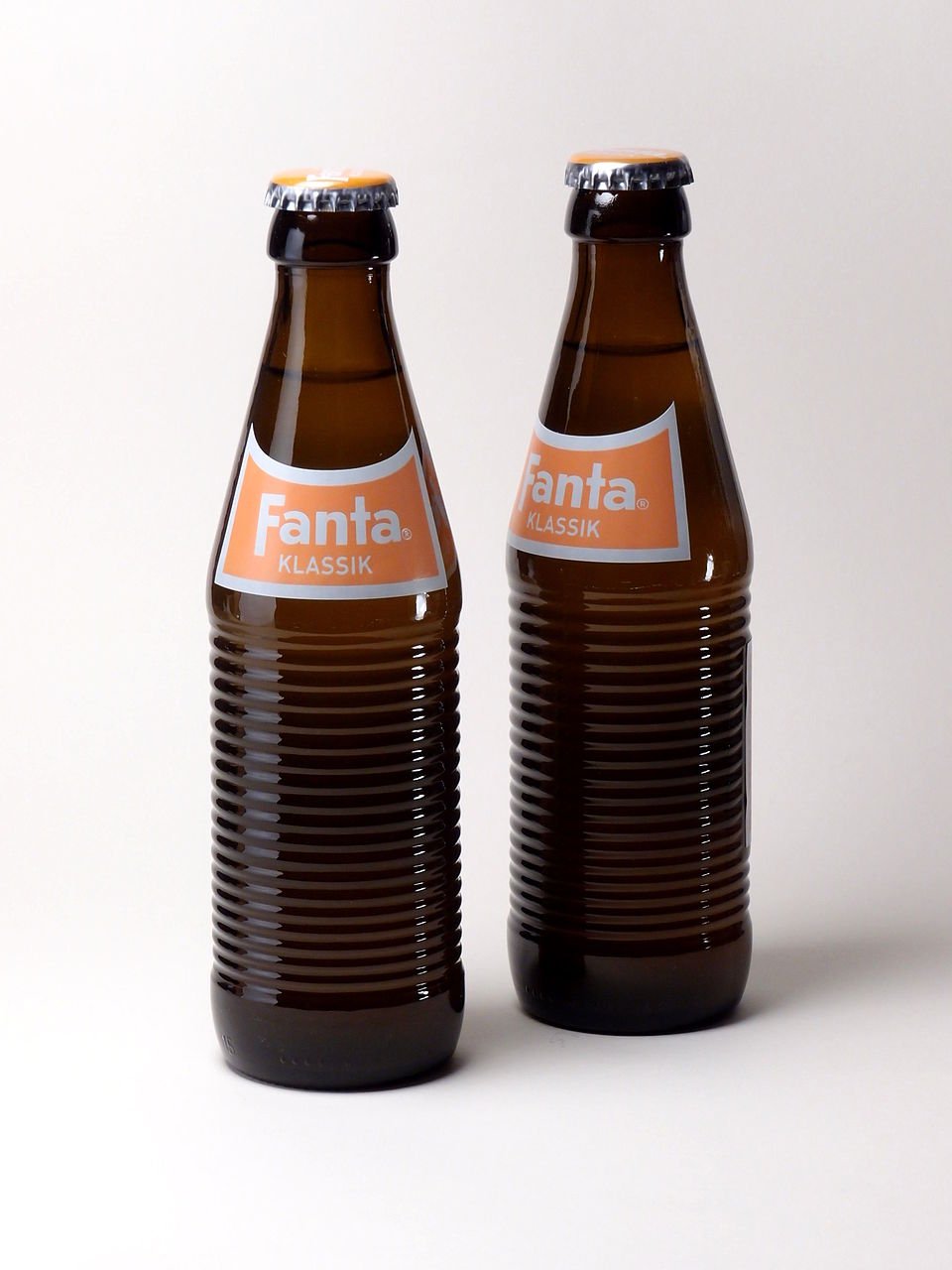
Fanta & The United States Of Orange Juice
“It was Fanta or nothing, it had pretty much market dominance during wartime.”
Tristan Donovan, author of Fizz: How Soda Shook Up the World
Meanwhile, across the Atlantic, a different kind of liquid gold was capturing the American imagination: orange juice. Where else to start but in the orange groves of Florida where the industrialisation of OJ began as an initiative of the US Army during World War Two.
The US government was seeking a source of transportable Vitamin C for troops that didn’t taste like turpentine.

Orange juice is nearly 90% water. So gently evaporating the water off the juice and freezing the concentrate, allowed for transportability of a much better tasting product when water was later re-added. As fate would have it, the war ended before the troops got a widespread taste of this new invention, but the innovation didn’t go to waste.
A new company, which would eventually become the soft drink giant Minute Maid, commercialized the product. Its popularity was cemented by the crooning of Bing Crosby, a significant shareholder, who serenaded radio listeners with jingles about the health benefits of frozen orange juice. Western consumption surged, a vibrant symbol of post-war prosperity and American ingenuity.

Back in the grim reality of wartime Germany, the Coca-Cola GmbH, a subsidiary of the American soft drink behemoth, faced a crisis. The American entry into the war and the subsequent trade embargo cut off the supply of the secret syrup needed to produce Coca-Cola.
The company had previously cooperated with the Nazi regime; with Coca-Cola President Robert Woodruff attending the 1936 Berlin Olympics, alongside banners depicting the company logo.
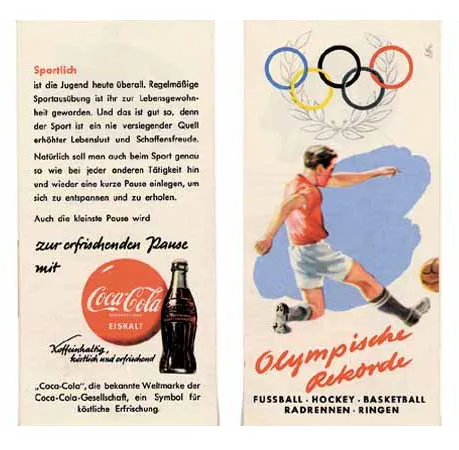
The head of the German operation, Max Keith, a man of formidable resourcefulness, was determined to keep the bottling plants open and his workforce employed.
When Hermann Göring announced a four-year plan, at the end of which all companies based in Germany were to become self-sufficient, sourcing all the elements and components they needed from Germany or its official allies, the infamous secret recipe for syrups available only in the United States immediately became out of reach.
This measure seemed to spell the end for Coca-Cola GmbH, until Keith managed (by paying a considerable bribe to Göring himself) to obtain a special import permit.
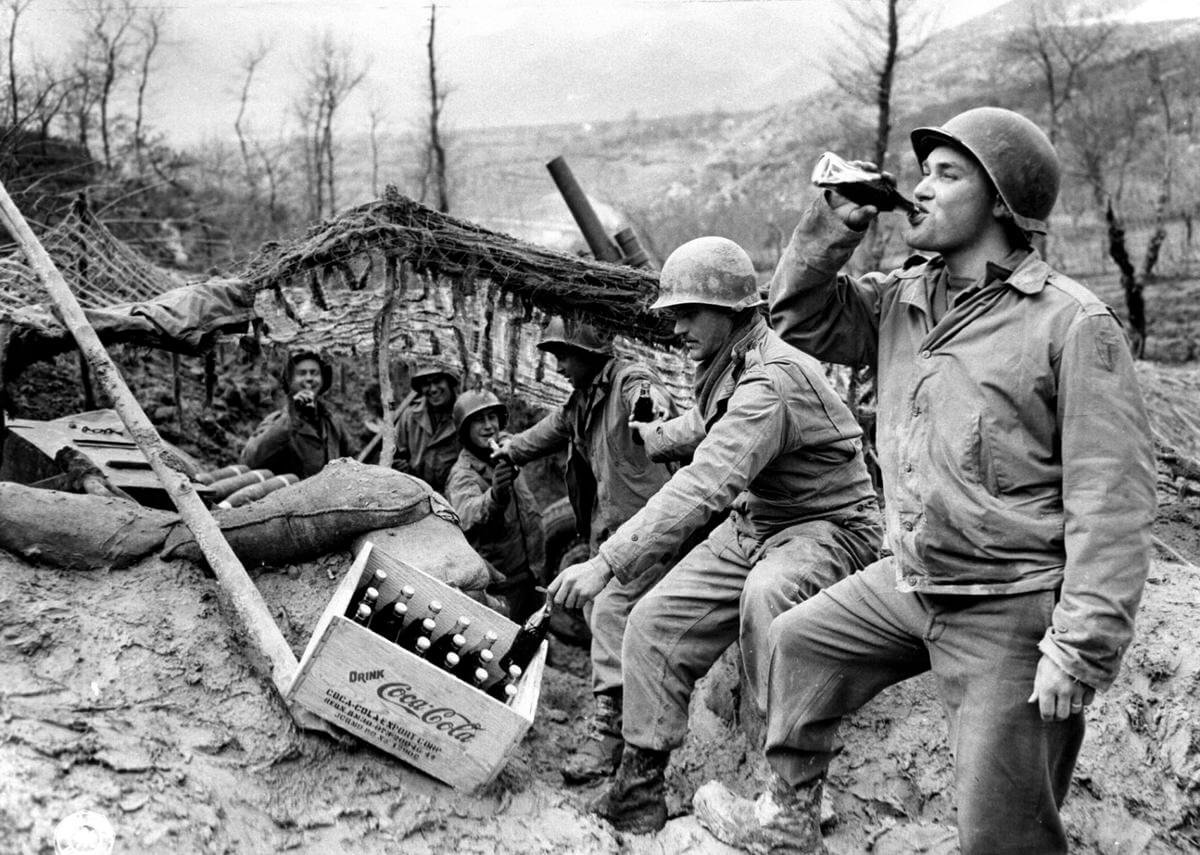
Eventually access to the original formula would be cut off in 1942, by which time Keith and his team had already improvised and concocted a new beverage from the dregs of the wartime economy.
This was no carefully crafted marketing exercise; it was an act of sheer necessity.
The result was Fanta.
The credit for the formula for this new drink goes to German Coca-Cola chief chemist, Wolfgang Schetelig, who developed Fanta in Essen.
The name, a stroke of genius from a salesman named Joe Knipp, was a shortened version of the German word ‘Fantasie’, or imagination, a fitting tribute to the creative spirit that birthed it.
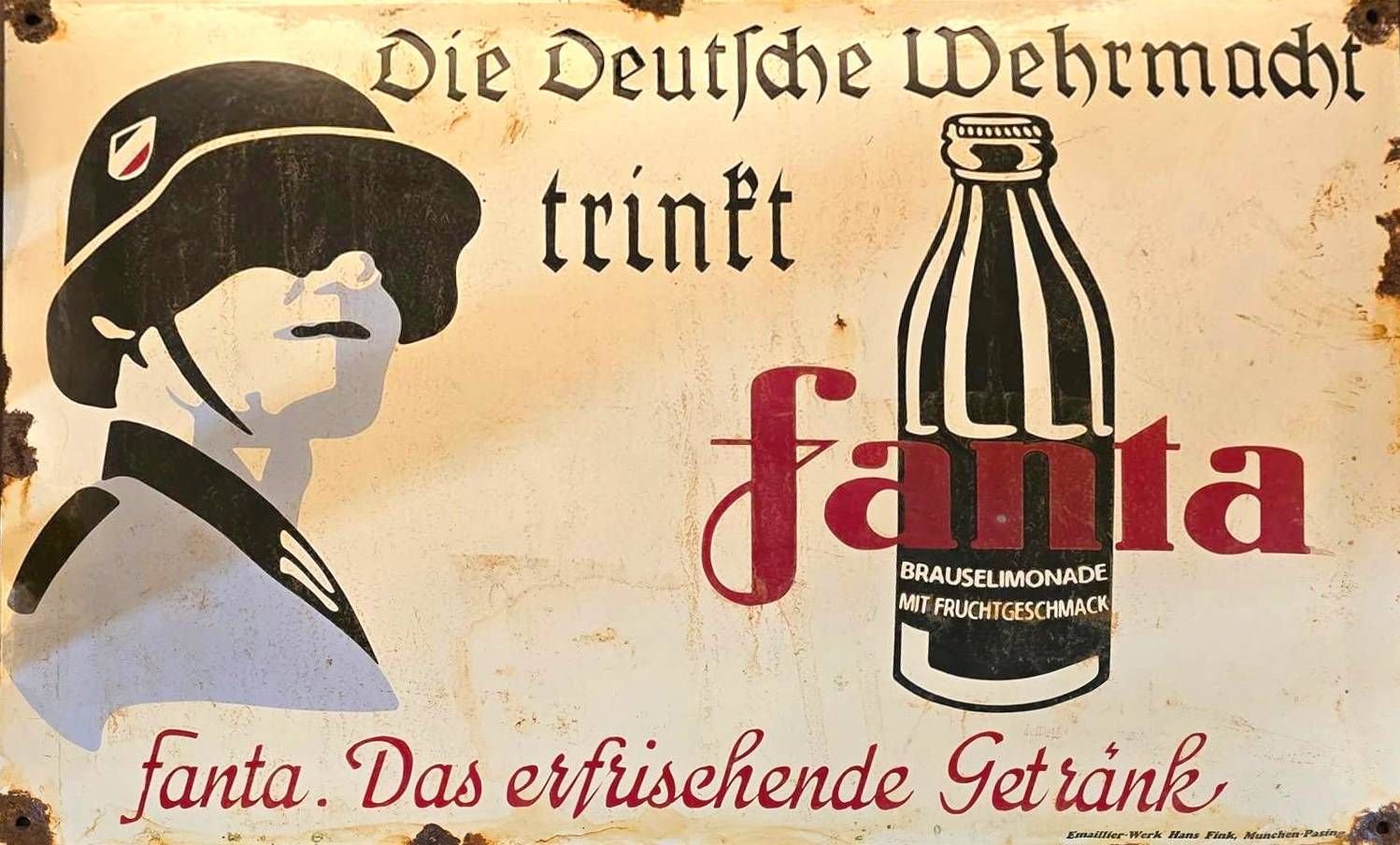
The original Fanta was a world away from the bright orange soda we know today. It was a cloudy, brownish liquid, its flavour profile a shifting chameleon dictated by the ever-changing availability of ingredients.
It was, as Mark Pendergrast, author of “For God, Country, and Coca-Cola,” describes it, “made from the leftovers of the leftovers.” Its motley ingredient list included apple fibers from cider presses, whey (a cheesemaking byproduct), and whatever fruit shavings were available. It wasn’t the sweet, citrusy burst of modern Fanta; it was a testament to wartime scarcity, a sweetish, vaguely fruity drink that offered a fleeting moment of pleasure in a world of rationing and deprivation.
Despite its humble origins, Fanta proved a surprising success, with three million cases sold in 1943.
It kept the Coca-Cola factories running, and it provided a small taste of normalcy to a population weary of war.
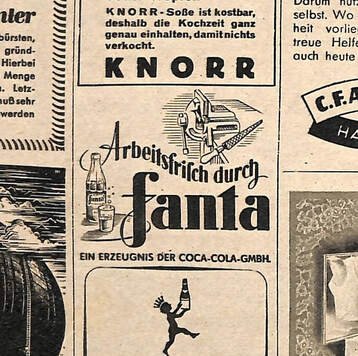
When the war ended and the American Coca-Cola executives returned to Germany, they were reunited with a thriving business, a testament to Keith’s wartime leadership.
They also inherited Fanta, the strange, ersatz soda that had kept their German operation afloat. For a time, the original Fanta disappeared from the market.
But in 1955, a new, orange-flavored version of Fanta was launched in Italy – created by Ermelino Matarazzo di Licosa – using the abundant local citrus.
This is the Fanta that would go on to conquer the world, a far cry from its wartime predecessor, but a direct descendant of that desperate act of invention in Nazi Germany. Now sold worldwide in more than 200 countries and in over 70 flavors.
Interestingly, despite the introduction of ‘modern Fanta’ in 1955; the kind of orange fanta now popular, that would be distributed first in West Germany in 1964, the Coca Cola Company would decide to mark – in 2015 – the 75th anniversary of the drink by relaunching a ‘classic look’ brown glass bottle and drink with 30% whey content and apple extract.
A rare – and controversial – admission of the drink’s origins in 1940.
–

Conclusion
“The onset of the Second World War confronted the Coca-Cola Company with an acute irony. For all their dogged efforts at building an overseas empire during the past decade and a half, [they] could point to only one country that was a complete, unqualified success: Nazi Germany.”
Frederick Allen, author of Secret Formula
So, was Fanta invented by the Nazis? The answer, like the drink’s history, is a complex concoction. The drink was certainly created in Nazi Germany, a direct result of the economic pressures of the Second World War. However, it was the creation of a private company, the German subsidiary of Coca-Cola, not a product of the Nazi party itself.
But the line between private enterprise and the state in the Third Reich was a blurry one.
As David de Jong outlines in his book ‘Nazi Billionaires’, many of Germany’s most prominent companies were deeply enmeshed with the Nazi regime, benefiting from its policies and contributing to its war effort. Max Keith, while not a Nazi party member himself, navigated the treacherous political landscape of the time with a pragmatism that ensured the survival of his company.
The very existence of Fanta is a testament to the strange symbiosis between big business and the Nazi state, a relationship built on mutual convenience and a shared desire to maintain a semblance of normalcy on the home front.
Fanta, then, is not a Nazi invention, but a product of the Nazi era, a sweet, fizzy reminder of a dark and complex chapter in history.
***
If you’ve enjoyed reading this article, consider booking one of our private guided tours of Berlin.
Bibliography
De Jong, David. Nazi Billionaires: The Dark History of Germany’s Wealthiest Dynasties. William Collins, 2022.
Pendergrast, Mark. For God, Country, and Coca-Cola: The Definitive History of the Great American Soft Drink and the Company That Makes It. Basic Books, 2013.
Tooze, Adam. The Wages of Destruction: The Making and Breaking of the Nazi Economy. Penguin Books, 2007.
HISTORICAL ARTICLES
Mythbusting Berlin

Are There Any Nazi Statues Left In Berlin? – Mythbusting Berlin
Visitors to Berlin often arrive expecting to find the physical remnants of the tyranny of the 20th century still standing – statues of dictators, triumphal arches, or bronze idols. Instead, they often find none. The stone symbols and statues of the Third Reich are still gazing down on them, however, hiding in plain sight. But why are there no statues of Hitler? Did the Allies destroy them all in 1945, or is the truth stranger
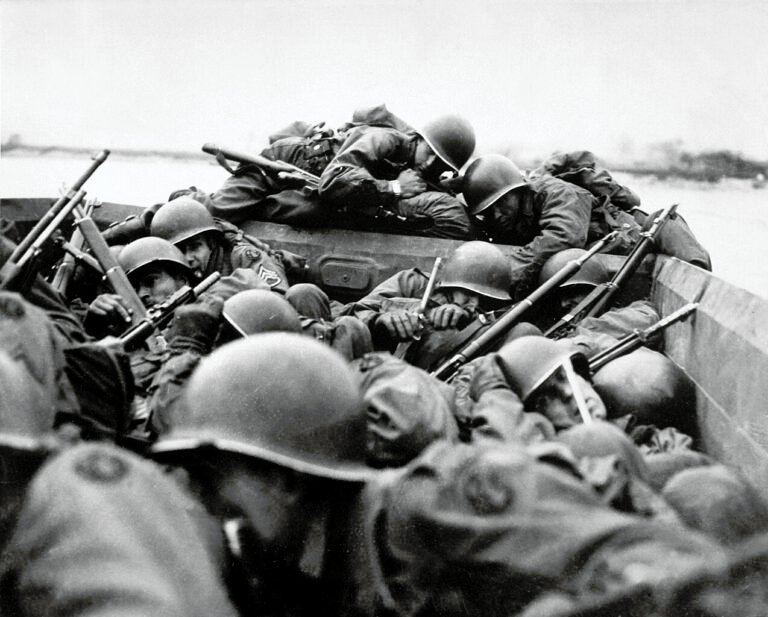
Could The Western Allies Have Captured Berlin? – Mythbusting Berlin
To contemplate a Western Allied capture of Berlin in 1945 is to challenge the established endgame of the Second World War. What was the true military and logistical feasibility of a Western Allied assault on the Nazi capital? What factors truly sealed Berlin’s fate, and what might have changed had the Allies pushed eastward?
Answering these questions means delving into the complex interplay of logistics, political maneuvering, and the competing visions for a post-war world
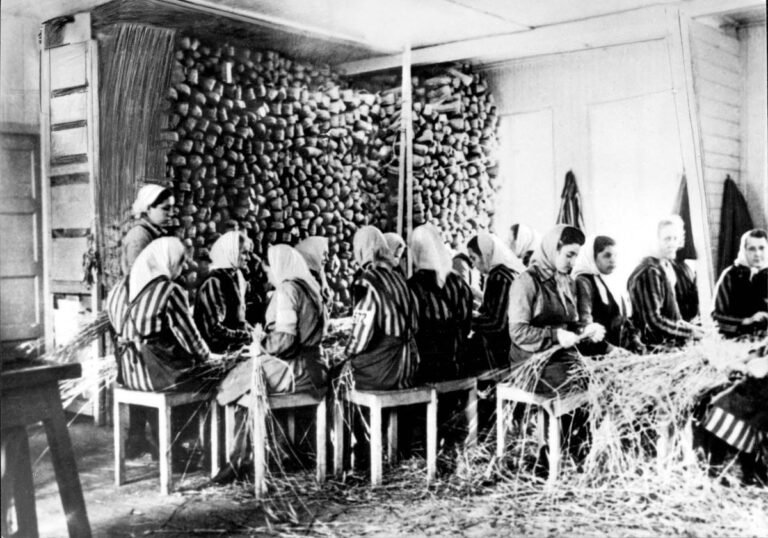
Did Any Of The Rothschild Dynasty Die In The Holocaust? – Mythbusting Berlin
The Rothschild name is synonymous with immense wealth, influence, and persistent conspiracy theories—especially during the era of Nazi Germany. Often targeted by antisemitic propaganda, the family’s survival during World War II has sparked myths about their supposed immunity from Nazi persecution. But did any Rothschild family member actually perish in the Holocaust? This article explores that compelling question, unraveling historical misconceptions and revealing the reality behind one of Europe’s most famous dynasties.
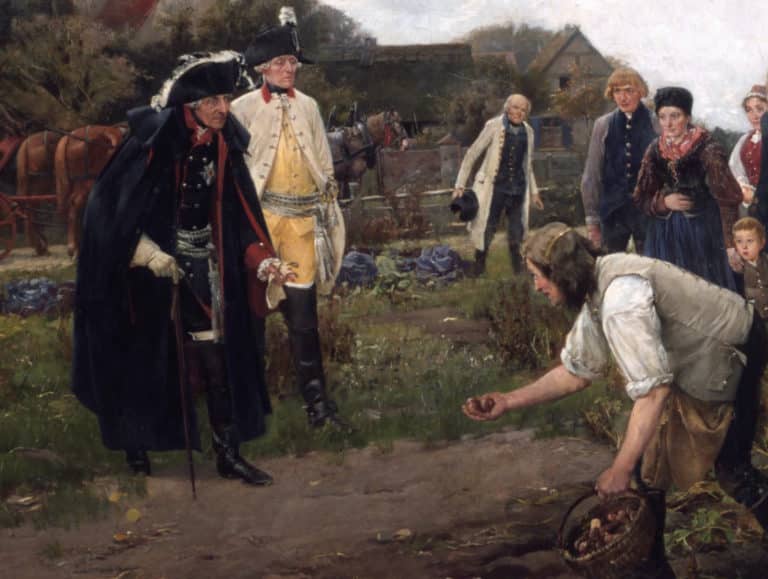
Did Frederick The Great Introduce The Potato To Germany? – Mythbusting Berlin
One of the more bizarre claims to fame attributed to the first King of Prussia is that the man who would go down in history known as Frederick the Great introduced the potato to Germany during his reign back in the 1700s. This starchy root vegetable has undoubtedly become a staple part of German cuisine – an essential addition to any plate of Schnitzel, Schweinshaxn, and Königsberger Klopse – however, whether Frederick the Great is
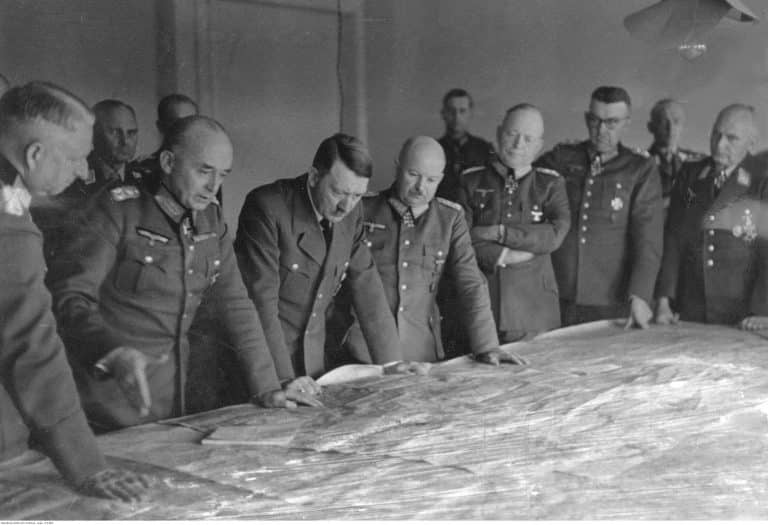
Did Hitler Escape To Argentina In 1945? – Mythbusting Berlin
Although Nazi leader, Adolf Hitler, certainly remains an inescapable figure, could there be any truth to the story of his escape to Argentina in 1945? That the most wanted man on earth could simply vanish, to spend the rest of his life peacefully in South American obscurity captivates imaginations. Yet, despite numerous investigations, this tale persists primarily as myth—fueled by speculation, hearsay, and conspiracy theories.
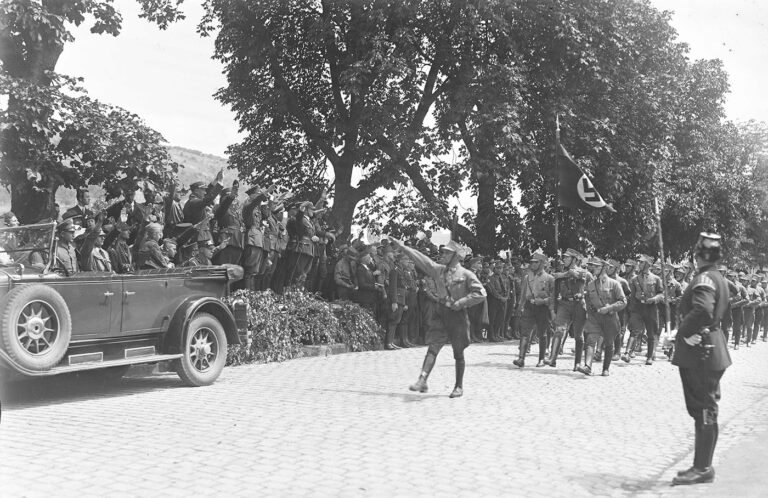
Did Hugo Boss Design The Nazi Uniforms? – Mythbusting Berlin
The idea that Hugo Boss – the man whose name now adorns expensive suits and fragrances – was the creative genius behind the Nazi uniforms suggests a terrifying collision of haute couture and holocaust – a marriage of high style and high crimes. The image is striking: a German tailor sketching the ultimate villain’s costume. But history, as usual, is far messier, more bureaucratic, and more banal than the internet memes suggest. To understand who
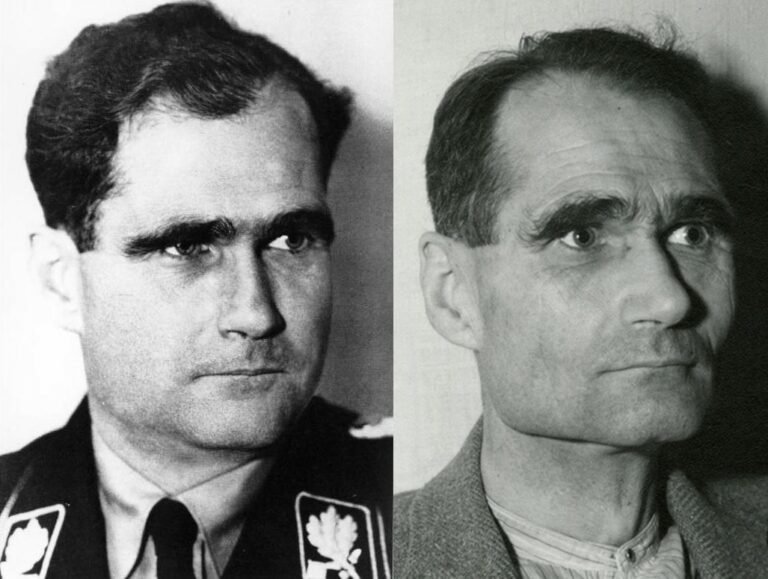
Did Rudolf Hess Really Commit Suicide? – Mythbusting Berlin
On a summer’s day in 1987, the last Nazi war criminal of the Nuremberg trials was found dead in a prison built for hundreds, yet for two decades, housed only him. The official verdict was suicide, a straightforward end to a life defined by fanaticism, delusion, and contradiction.
But the simplicity of the report belied the complexity of the man and the 46 years he had spent in Allied custody. In the meticulously controlled
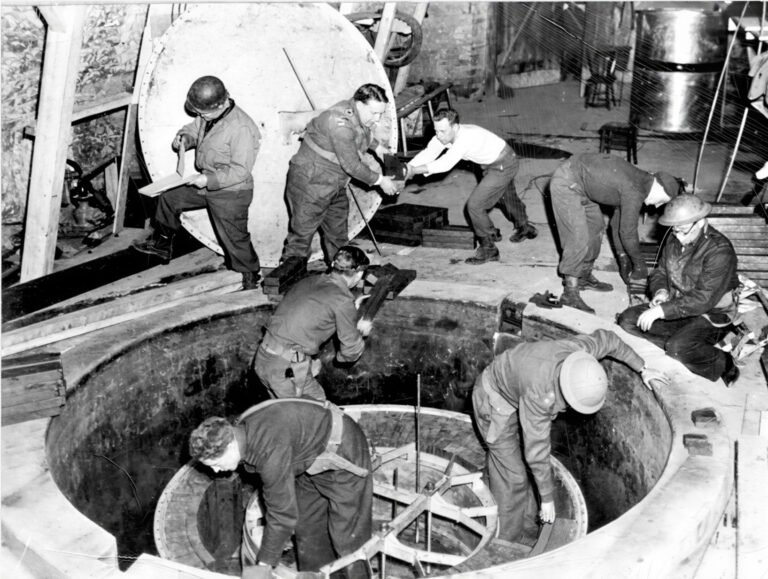
Did The Nazis Develop Nuclear Weapons? – Mythbusting Berlin
The Nazi obsession with super-weapons became so serious in the closing stages of the Second World that Adolf Hitler personally believed that such ‘Wunderwaffen’ both existed in a usable form – and would save the country from defeat. Had the Nazis managed to develop nuclear weapons by 1945 – the outcome of the war would surely have been different. But how close were Hitler, Himmler, and his henchmen to developing an A-bomb?

Did The Nazis Invent Decaf Coffee? – Mythbusting Berlin
Persistent rumors claim that Nazis preferred their coffee anything but pure, leading some to wonder if they might have influenced the development of decaffeinated coffee. Although decaf was already widely available across Europe by the mid-20th century, speculation continues: could the Nazis really have played a role in popularizing—or even discovering—this caffeine-free alternative, or is this simply another caffeinated conspiracy cooked up to sensationalize an ordinary historical detail?

Did The Nazis Invent The Bicycle Reflector? – Mythbusting Berlin
The fruits of wartime ingenuity are plenty – so many, in-fact, that it has become somewhat of a worn cliche that as the guns start firing the innovators get to work, often solving problems while providing more problems for the enemy to overcome.The kind of progress that results in the production of newer improved, more lethal weapons, such as to increase the chances of victory.
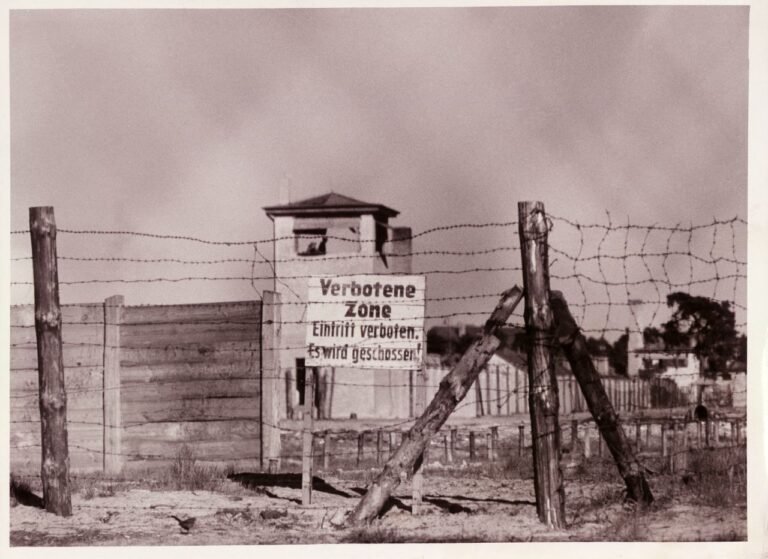
Did The Nazis Run The Largest Counterfeiting Operation In History? – Mythbusting Berlin
During the Second World War the Nazis masterminded an astonishing plot to destabilise Britain by flooding its economy with counterfeit banknotes. Crafted in secret by concentration camp prisoners, this forged fortune became the most ambitious counterfeiting operation ever attempted. But was it history’s largest? Dive into the extraordinary tale of Operation Bernhard,
rife with deception, survival, and intrigue—revealing the truth behind one of the Third Reich’s most audacious schemes and its surprising legacy.
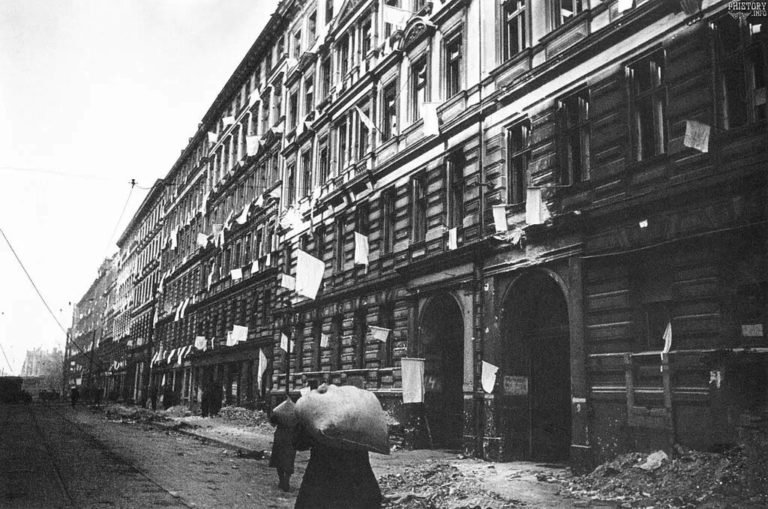
Did The Second World War End In Berlin? – Mythbusting Berlin
When is a war ever truly over? When the last shot is fired in anger would seem like the best measure. Rarely, though, is it possible to gain insight into such a moment.
Remarkably, a record still exists of such a moment at the end of the First World War on the Western Front. A seismic register and recording of the last belching battery of British guns firing artillery across no-man’s-land, followed by a profound
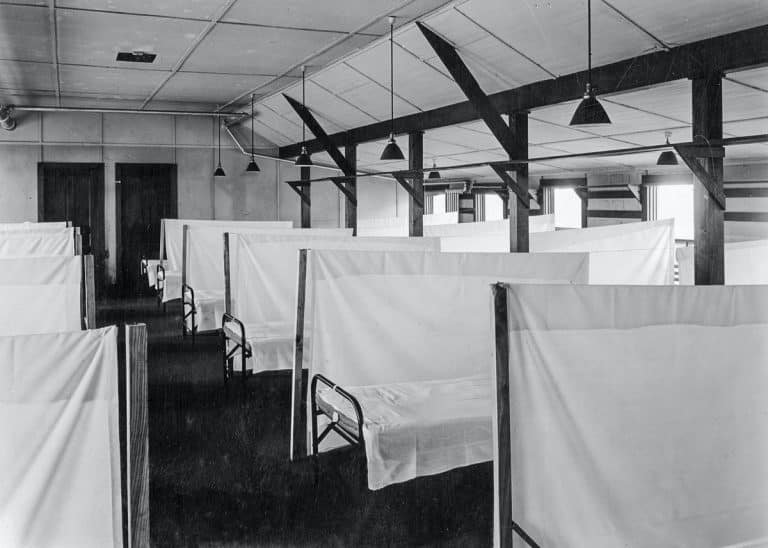
Did The Spanish Flu Pandemic Help The Nazis Take Power? – Mythbusting Berlin
The devastating Spanish Flu pandemic of 1918-1919 struck amid Germany’s post-war turmoil, compounding social instability, economic hardship, and widespread political disillusionment. Could this catastrophic health crisis have indirectly paved the way for Nazi ascension? While often overshadowed by war and revolution, the pandemic’s profound psychological and societal impacts arguably contributed to the perfect storm, enabling extremist ideologies—including Nazism—to gain popularity and ultimately seize power in a fractured Germany.
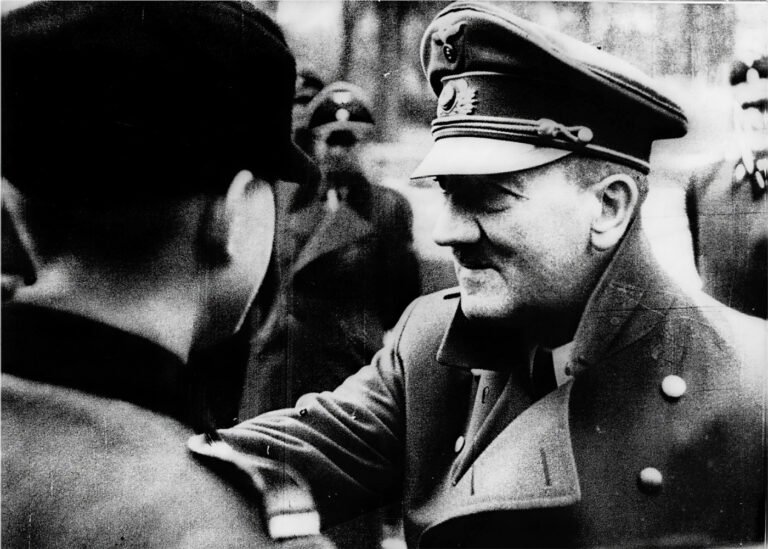
Have Adolf Hitler’s Remains Been DNA Tested? – Mythbusting Berlin
In the smouldering ruins of Berlin in 1945, the world’s most wanted man vanished. Did Adolf Hitler, as official history attests, die by his own hand in the Führerbunker? Or did he escape, fuelling a thousand conspiracy theories that have echoed for decades? For years, the Soviets claimed to hold the gruesome proof of his death: a skull fragment and a set of teeth, locked away in Moscow archives. But in an age of definitive
How Did The Nazi Concentration Camps Differ From The Soviet GULAG?
The Nazi concentration camps and Soviet Gulag system have often been conflated in popular imagination—twin symbols of twentieth-century totalitarian horror. Yet the two systems operated on fundamentally different principles. One extracted labor to fuel industrialisation while accepting mass death as collateral damage; the other evolved into purpose-built machinery of genocide. Understanding these distinctions isn’t merely academic—it reveals how different ideologies produce different atrocities, and why Germany and Russia reckon with these legacies so differently today.

How Long Did It Take To Build The Berlin Wall? – Mythbusting Berlin
It is one of the most enduring images of the 20th century: a city divided overnight. The popular narrative tells us that Berliners went to sleep in a unified city and woke up in a prison. While the shock of August 13th 1961, was very real, the idea that the ‘Wall’ appeared instantly is a historical illusion. The physical scar that bisected Berlin was not a static creation, but a living, malevolent beast that evolved

How Many Assassination Attempts On Adolf Hitler Were There? – Mythbusting Berlin
Nazi leader, Adolf Hitler, projected an aura of invincibility, a man of destiny shielded by providence. But behind the carefully constructed image of the untouchable Führer lies a story of constant threat, of bombs that failed to detonate, and errant bullets that missed their mark. Unearth the hidden history of the numerous attempts on Hitler’s life as we explore the courage of those who tried to change the course of history and the devil’s luck
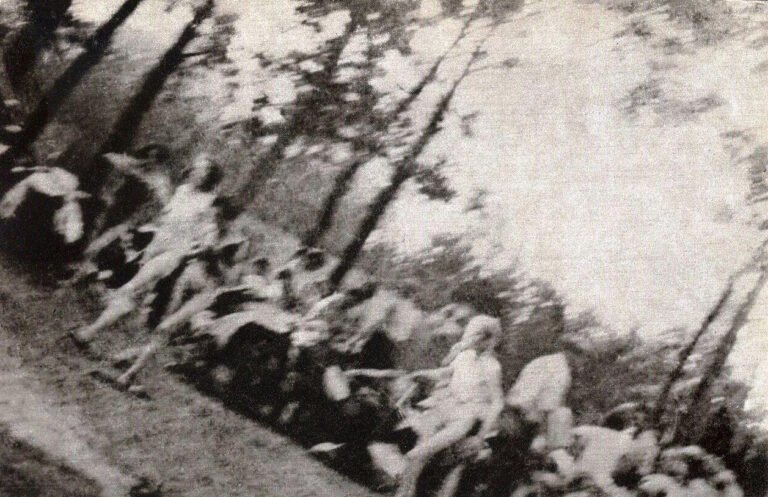
How Many Jews Died In The Holocaust? – Mythbusting Berlin
The answer to the question posed of how many Jews died in the Holocaust is a simple one: too many. That merely one death was an unforgivable obscenity is a fundamental and necessary realisation in understanding the capriciousness of this unparalleled racial genocide. To comprehend, however, the full number of Jews murdered in Europe by the Nazi regime in the 1930s and 1940s is a detective story of epic proportions: the evidence overwhelming, multifaceted, and
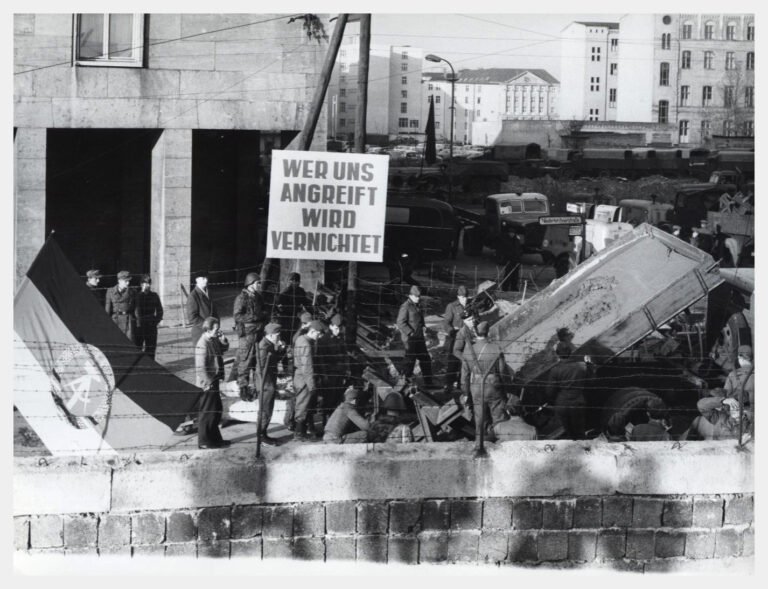
How Many People Died Trying To Escape East Germany? – Mythbusting Berlin
The image of the Berlin Wall is seared into our collective memory, a concrete symbol of Cold War oppression. We think of the daring escapes and the tragic deaths of those who failed. But that well-known number is only a fraction of the truth. The story of those who died trying to escape East Germany is far broader and more complex than most imagine, stretching along a thousand-kilometer border and out into the cold waters
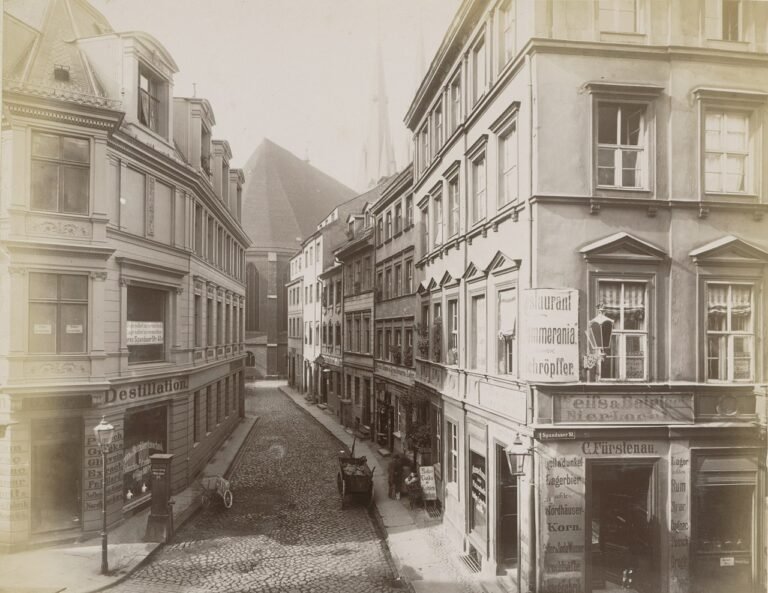
How Old Is Berlin? – Mythbusting Berlin
A relatively new arrival in Europe, Berlin is over 1000 years younger than London, nevermind Rome or Athens, Jerusalem or Jericho. Just how old is Berlin though?
A question fraught with false assumptions and distortions – that has more often than not been answered with propaganda as it has with the cold hard truth.



